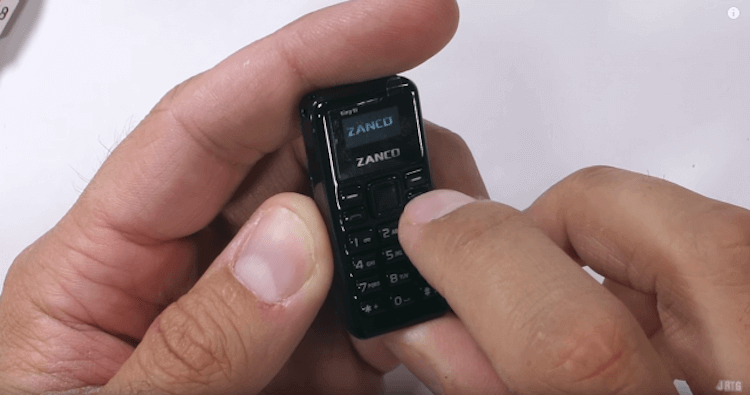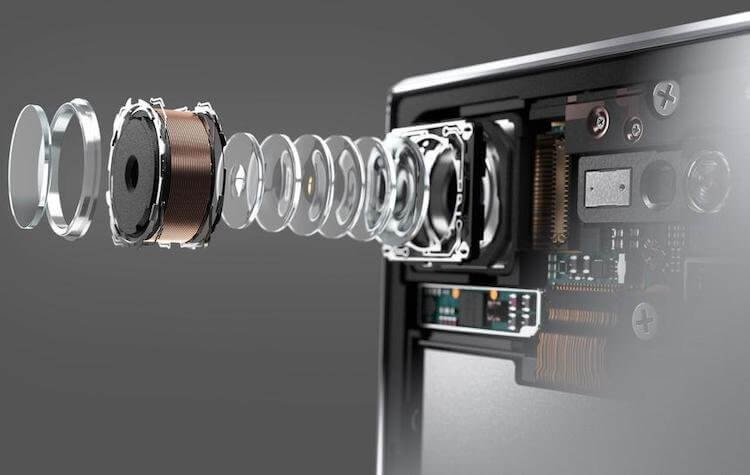Technology is driving the world into a shrinking world. Things are becoming more compact, but they perform more and more functions. This happens due to the fact that you want to take everything with you. If you remember how much space a player with a stack of discs (or even cassettes in general), a video camera, a camera, a flashlight, a book and much more used to occupy in our backpack, now it all easily replaces what we could not take before. with you, – phone. It has literally everything we need. And most importantly, it has a camera, which manufacturers are paying more and more attention to at presentations. So how did the mobile camera war begin and where did it end up?

Smartphone cameras should evolve, but how?
What is the development of technology striving for
The desire to make things less and less is understandable, because in this case it is more convenient to use them and it is more convenient to take them with you. After all, if smartphones were the size of portable phones from the nineties, how many people would want to use them?
There is one area where miniaturization is only harmful. I'm talking about cameras. Physics cannot be fooled, and a small sensor will always perform worse than a large one – this is just a fact that must be accepted. They are trying to convince us otherwise, but it is not worth it.
The reason for this limitation is quite simple. In order to take a good photo, the camera needs more light. That is why microscopic sensors of smartphones simply cannot produce the image that a full-fledged camera produces. Of course, it will most likely look good on a smartphone screen, because its diagonal is small, and the camera will be set up so that there is WOW, but on a computer the difference will be seen very well. Especially if you want to process the image.

Of course, this is also overkill, but you get the point.
What smartphone manufacturers are paying more attention to
Over the years, the focus of the smartphone market shifted towards cameras, as everyone wanted to be able to capture every moment of their lives with what they had in their hands. Now we can take photos, edit them and share the result at the moment we see fit.
The hardware behind this has evolved extremely rapidly over the years. Phones have gone from one camera device to three or more in just a couple of generations. We now have ultra-wide and telephoto lenses, depth sensors and color filters. This varies greatly between devices, but one thing that all goes in the same direction is the size of the camera sensor itself.
For example, the Huawei Mate 10 Pro from 2017 had a sensor size of 1 / 2.9 inches. Just three years later Huawei the P40 Pro released with a 1 / 1.28 inch sensor. This is a huge difference. The P40 Pro's sensor is more than double the size, allowing for a significant increase in the sensor's light reception.

Side-by-side comparison of camera sensors.
Who makes the biggest camera sensors in phones
But Huawei is not the only one who augments their sensors. In fact, over the past couple of years, we've seen a full-blown arms race for sensor sizes from key players like Sony and Samsung. And unlike the race, which allows you to use as much RAM in your smartphone as possible, the size of the sensor really matters and you need to pay attention to it.
For example, not so long ago Vivo introduced the X50 Pro Plus smartphone. Its sensor measures 1 / 1.31 inches. That's more than even the Samsung Galaxy S20 Ultra. However, it has a resolution of only 50 megapixels versus 108 megapixels for the Korean flagship. This difference allows each pixel to be much larger than a smaller, higher resolution sensor. As a marketing ploy, 108 megapixels looks cool, but in reality the difference in image quality will be huge.
And this is not the strongest indicator. So the camera Huawei of the P40 Pro, which was introduced a couple of months ago, has a size of 1 / 1.28 inches. This is the largest sensor in the mobile photography market and the company put a lot of emphasis on it when talking about the benefits of the new product. It's very nice that manufacturers are really chasing an increase in the sensor, and not just the screen or the amount of RAM.

The smartphone camera sensor is pretty damn important.
It used to be impossible to fit such a large sensor into a phone. The phones were too small and the focus was on making the devices thinner and thinner. It was difficult to create a lens system that would not bulge out of the device the way it does now. But as phones got bigger and cameras became more important to users, they started getting more attention. Moreover, they still began to stick out, users put up with this and manufacturers got much more freedom of maneuver. Now the protruding sensors have ceased to look like something awkward. Now, on the contrary, it has become a sign of the outstanding photo capabilities of the smartphone.
Smartphone computing power
You have to understand that a smartphone is almost a full-fledged computer with a lot of processing power. This allows him not only to save photos, but also to process them literally on the fly. This gives us a better image. The producers deceive us a little and improve the picture before showing it to us. On the one hand, what's the difference if we still get a beautiful picture, but on the other, it leads to distortion. Sometimes they are very strong. For example, details are lost, complexion is distorted, or the contrast is too high.

Stabilization, lenses, sensor … There are a lot of things in a smartphone camera, but everything is very small.
That is why full-fledged cameras often do not have the processing power of smartphones. They don't need to process anything. They just save the picture to the memory card in maximum quality, and you already decide what to do with it.
It turns out that we have two poles. On one – computer processing of a mediocre image (even in an expensive smartphone), and on the other – almost “raw”, but high-quality images on DSLRs and system cameras, even of an average level. If you tell us in our Telegram chat which option you prefer, it will be very good. We will read it with pleasure.
It would even be interesting to see how the computing power of the smartphone and its developments in the field of graphics, accumulated over the years, would manifest themselves if applied to large cameras.
Already at this stage in the development of mobile cameras, one can look at inch sensors. Then we will really live and it will be possible to say that the cameras of smartphones have made great strides forward. Simply put, there is still room to grow, but we now know the direction of growth.
